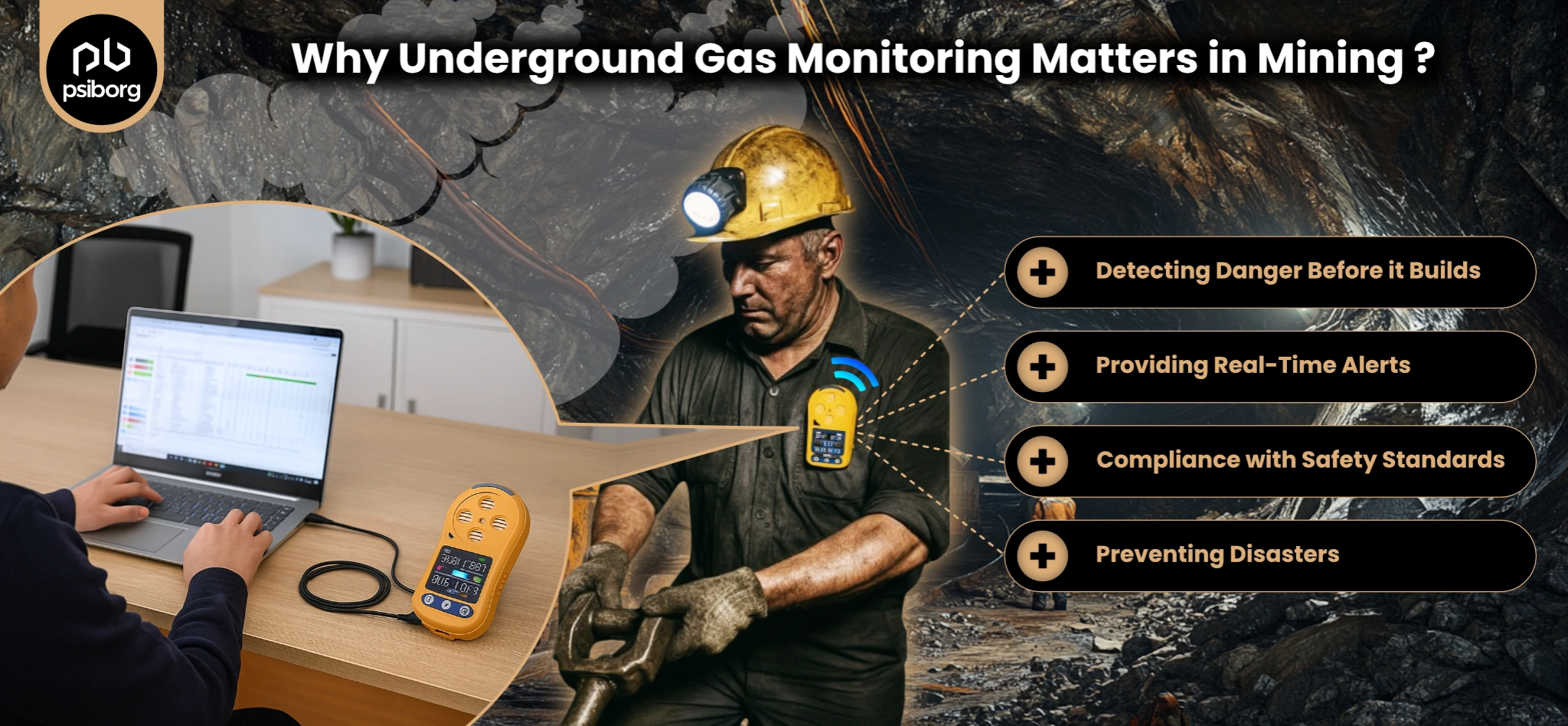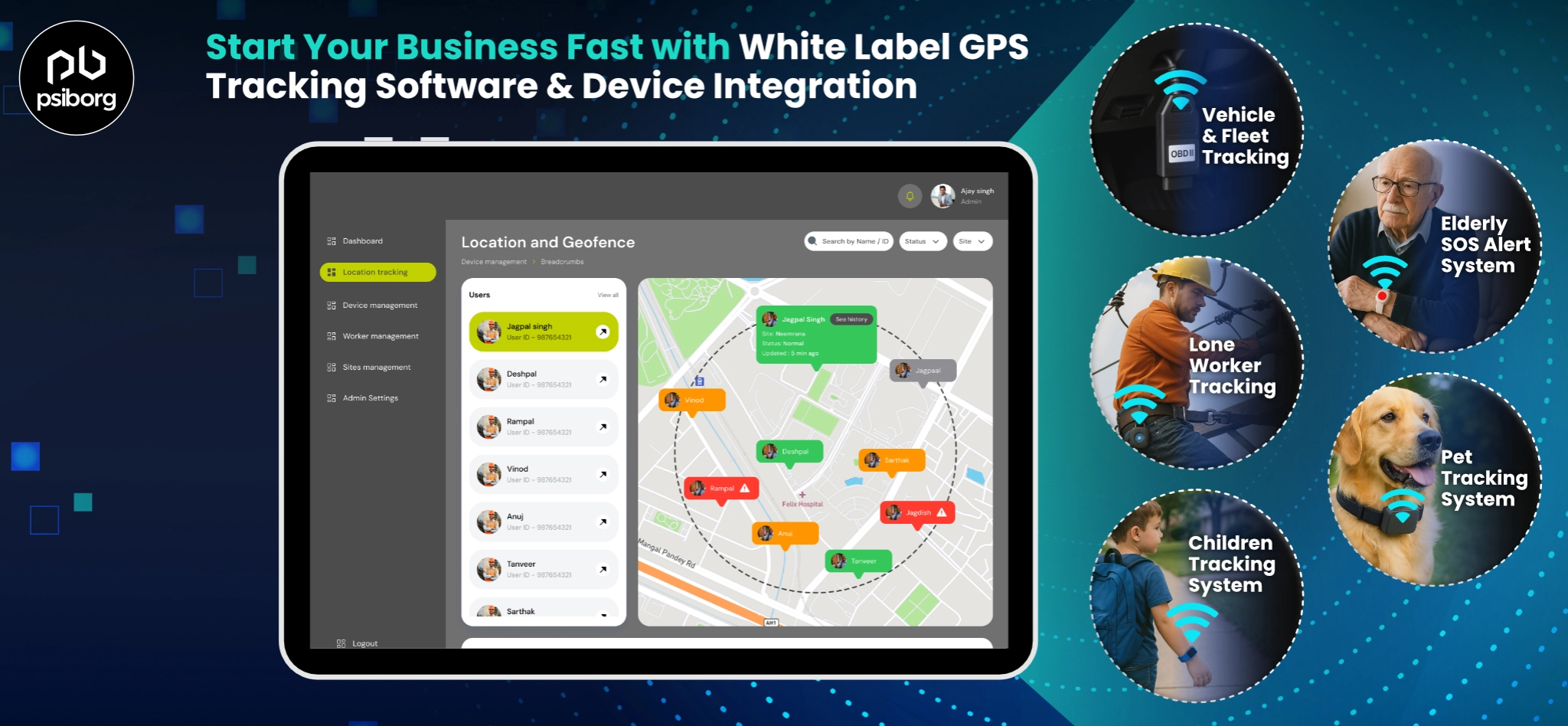Manufacturing businesses operate in large spaces, so people tracking becomes very important in those large manufacturing plants to ensure efficient operations.
Although a people tracking system can provide immediate benefits in the manufacturing industry, such as improving worker safety and locating workers within the workplace.
Nevertheless, manufacturing facilities always face the challenge of maintaining value chain visibility to detect the cause of inefficiency and errors, and to improve the optimal performance and productivity of the entire manufacturing plant.
Nonetheless, the use of IoT technology is the best way to track the location of people and it has made asset and people tracking a reality in various commercial and industrial settings.
Manufacturing industries have started utilizing people tracking inside the manufacturing plant by adhering to privacy and compliance.
In today’s blog post, we will look into how people tracking systems work in manufacturing industries.
Importance of People Tracking in the Manufacturing Industry
![]()
The manufacturing industry is one of the major sectors with a large workforce. Because the industry produces many modern life essentials like cars, household goods, medicines, foods, and much more.
We can say that it’s the manufacturing industry that keeps the world running. That’s why it’s very crucial to keep the manufacturing plant running smoothly, and it’s achieved by effectively managing employees’ safety and performance at work.
Hence, to ensure efficiency and productivity inside the manufacturing plant, it is essential to track the workforce metrics and their activities.
Other than that, occupational protection and employee safety are also a major priority, especially in manufacturing facilities.
Also, there is an increased risk for employees working out of sight and within the call range of others, as well as work processes that are not adapted to the current locations of employees in many cases. Digital technology is being used by companies to ensure the safety of their workforces and streamline their operations.
An advanced tracking solution offers visibility of worker location, provides safety features, and boosts operational productivity. Besides, the management can analyze both historical and real-time data to optimize and improve operating and production costs. Based on the employee’s current location, tasks can be assigned.
Types of People Tracking Technologies
Location tracking is essential for the manufacturing industry and with so many types of location tracking technologies popular these days, it’s difficult to choose the one that fits all your needs. So let’s understand all types of people-tracking technologies being utilized in the manufacturing industry with their applications, pros, and cons,
1. RFID (Radio Frequency Identification)
RFID (Radio Frequency Identification) is a popular technology for people tracking in manufacturing. Here’s a breakdown of how it works,
- An RFID tag is attached to a worker’s ID badge or clothing.
- RFID readers strategically placed throughout the facility emit radio waves.
- When a tag comes within range of a reader, the tag’s chip is activated, and it transmits its unique identifier to the reader.
- The reader then communicates this information to a central system, allowing real-time tracking of the worker’s location.
For people tracking in the manufacturing industry, RFID tags are utilized. These tags give access control, time and attendance tracking, monitoring work activity, safety monitoring, and asset tracking.
The good thing about RFID is that it’s highly accurate with minimal interference. It has a long read range (several meters) and can withstand harsh manufacturing environments.
However, for accurate reading, the RFID tag needs to be within the reader’s line of sight. Plus, metal objects in the environment can interfere with RFID signal transmission.
2. GPS (Global Positioning System)
GPS utilizes a network of satellites to pinpoint the location of an asset with GPS capability. However, it shines in outdoor environments like vast factory yards where workers might be operating machinery or vehicles. If combined with RFID, GPS can track high-value equipment or mobile tools within the outdoor yard area.
The pros of using GPS is that in clear, open environments, GPS offers precise location data. However, they have some indoor limitations and constant GPS usage can drain battery life on tracking devices.
3. Bluetooth and BLE (Bluetooth Low Energy)
Bluetooth-based tracking systems leverage the power of Bluetooth technology to locate and identify individuals within a specific area.
BLE offers more precise location tracking compared to classic Bluetooth, especially within buildings. This is because BLE utilizes Received Signal Strength Indication (RSSI) to estimate the distance between a BLE tag worn by personnel and strategically placed BLE beacons.
On top of that, the BLE beacons are designed for extended battery life, minimizing the need for frequent replacements. This is crucial for large-scale deployments within a manufacturing facility.
Think of BLE beacons as small, battery-powered devices that transmit signals using Bluetooth technology for tracking people.
- BLE beacons continuously emit Bluetooth signals that include unique identifiers.
- When a BLE-enabled device receives the signal from a beacon, it measures the RSSI (Received signal strength indication).
- By analyzing RSSI values, the device can estimate the distance between itself and the beacon. This estimation forms the basis for proximity detection and location tracking.
- Multiple BLE beacons are strategically placed throughout the manufacturing facility to locate BLE tags (worn by personnel or attached to assets).
- However, with BLE technology, an Angle of Arrival (AoA) gateway is generally used. It is a specialized receiver that greatly improves the accuracy of location estimation.
- So, instead of relying only on RSSI, the AoA gateway detects the angle from which signals arrive at multiple antennas.
- Thus, by comparing these angles, the system determines the direction from which the BLE signal is coming, giving more precise location data.
Therefore, BLE technology offers a relatively cost-effective solution for people tracking compared to other options like RFID or Wi-Fi-based tracking.
Purpose and Benefits of People Tracking
People tracking technology is transforming the manufacturing industry by offering real-time location data on personnel within a facility.
And by people tracking, we don’t mean to simply know where someone is. But it is to empower manufacturing businesses of all sorts and make them achieve impressive benefits and improvements in various important areas.
So, the benefits of having an IoT-based people-tracking system are:
1. Increased productivity and operational efficiency.
By tracking worker movements, managers can identify bottlenecks and areas where employee flow can be streamlined. Real-time location data allows for assigning tasks to the closest available worker, minimizing idle time, and ensuring tasks are completed efficiently.
Moreover, people tracking can easily be integrated with other systems to automate tasks like access control or triggering safety warnings when workers enter restricted areas.
2. Ensuring safety and compliance with regulations.
Safety can be ensured in several ways, like, in case of any emergency, knowing workers’ exact location allows for a faster and more effective response. Plus, many manufacturing businesses have regulations mandating worker tracking for safety reasons. People tracking systems can help ensure compliance.
3. Reducing operational costs and improving resource allocation.
Having data on worker location and activity can help determine optimal staffing levels for different times of the day or production cycles. By identifying areas where workers spend unnecessary time moving around, layouts or processes can be redesigned for better efficiency.
4. Better Training and Development
By tracking worker movements and tasks completed, managers can identify areas where workers might need additional training or upskilling to improve their efficiency and productivity.
People tracking systems generate valuable data on worker movement patterns, task completion times, and location-specific activity. This data can be analyzed to identify trends and make informed decisions about production processes, resource allocation, and facility layout.
Overall, people tracking is a win-win for both workers and businesses, creating a safer and more efficient work environment.
Summing up,
PsiBorg Technologies develops reliable and effective people-tracking systems that can be customized according to your specific manufacturing business needs.
Being the top IoT solution providers, we understand the unique challenges and opportunities of people tracking within a manufacturing environment. So we develop completely tailored solutions to meet each and every business demand.
At PsiBorg, we provide complete end-to-end people tracking or manpower tracking solutions encompassing hardware, software (data management platform, mobile app), and system integration.
Moreover, our expertise extends beyond people tracking. PsiBorg Technologies is known for developing tracking and monitoring solutions, be it employee tracking, labor tracking in the construction industry, asset tracking, shipment tracking, or activity monitoring.
We would be happy to provide more information if you could contact us today.
FAQs
A people-tracking system works on IoT technology and is used to monitor and manage the movement and location of individuals. It utilizes various methods such as GPS, RFID, or Wi-Fi to provide real-time data, improving security, productivity, and resource allocation in all industrial settings.
A people-tracking system is very beneficial in the manufacturing industry as it provides advantages like:
- Improved workflow efficiency
- Real-time location data
- Better resource allocation
- Quick response to emergencies
- Better task coordination
- Reduced operational costs
- Increased productivity
The sensors in people tracking systems are GPS for outdoor location tracking, BLE for identification and proximity detection, infrared sensors for motion detection, and Wi-Fi for indoor positioning.
In a BLE-based people tracking system, the BLE beacons continuously emit Bluetooth signals. Now, when a BLE device receives a signal, it determines the distance between itself and the device for location determination. Generally, BLE is used along with an Angle of Arrival (AoA) gateway. It is a specialized receiver that greatly improves the location estimation accuracy.





